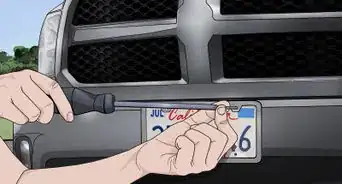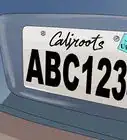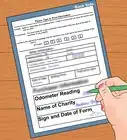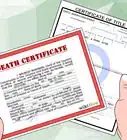This article was co-authored by Lahaina Araneta, JD. Lahaina Araneta, Esq. is an Immigration Attorney for Orange County, California with over 6 years of experience. She received her JD from Loyola Law School in 2012. In law school, she participated in the immigrant justice practicum and served as a volunteer with several nonprofit agencies.
There are 7 references cited in this article, which can be found at the bottom of the page.
This article has been viewed 528,089 times.
If you are buying or selling a vehicle, you will need to pass ownership of the vehicle by filling out the title transfer. The rules vary from state to state, so it's important to find out the specific paperwork and regulations in your area before moving forward with the sale. In general, however, the steps are essentially the same.
Steps
Selling a Vehicle
-
1Check if you have the title. If you're selling a car that doesn't have a title, you'll need to apply for a duplicate before you can sell the car. Visit the DMV in your state and apply for a new title for the vehicle, or visit your DMV's website to see if you can apply online.
- Your DMV should have an application you can complete for requesting a duplicate title. The application or form might be available online.
- You might not have the title because you haven’t paid off your car loan. In that situation, you need to work with your lender to pay off your loan before you will receive the title. Once paid, you can submit a lien clearance letter or other release form to the DMV to get the lien removed.[1]
- If the car has a lien, then the duplicate will probably be sent to the lienholder, so it is best to take care of the lien before making the sale.
-
2Find your state’s requirements for transferring title. Every state is different, and you need to follow your state’s requirements. Your state’s Department of Motor Vehicles can explain the process.
- You can find your DMV online. Type “your state” and then “DMV.” Look for a link that explains transferring title.
- You can also find the specific rules and regulations in your state regarding title transfer here: http://www.dmv.org/title-transfers.php. Click on your state. This website isn’t affiliated with any state government. However, they provide links and contact information to state offices.
Advertisement -
3Complete the transfer form. Fill out the basic information about the sale of the car. Depending on your state, you will provide the information on the front or the back. Once completed, give the form to the buyer. You generally must provide the following information:
- names of the buyer and the seller
- signatures
- notary’s signature (in some states)[2]
- date of sale
- price
- Vehicle Identification Number (VIN)
- odometer reading (though in some states this is a separate form)
-
4Give the buyer a Bill of Sale. In many states, the buyer will need a Bill of Sale that shows the purchase price. You should check with your state’s DMV, which may have a state-specific Bill of Sale form for you to complete.[3]
- If your state doesn’t have a form, you can create your own. It should contain a description of the vehicle, VIN, final sale price, place of sale, and the names of both buyer and seller.
- If the seller made any warranties, those should be included in the Bill of Sale as well. There will also be implied warranties if a written warranty was provided by the dealer when the car was sold.[4]
-
5Submit the Notice of Transfer or Release of Liability. You need to notify the DMV that you no longer own the vehicle. This can protect you in the event the new owner gets into an accident while the car is still registered to you. Your DMV may have a Release of Liability or Notice of Transfer form you can use. Fill it out and submit it to the DMV as soon as possible. Typically, you will asked for the following information:[5]
- VIN
- description of the vehicle, such as its make, model, year, and color
- date of the sale or title transfer
- license plate number
- odometer reading
- new owner’s name and contact information
- your name and contact information
Buying a Vehicle
-
1Verify the information on the title. Make sure the title has been filled out correctly before completing the purchase. Verify the mileage, as filled out on the title. The form needs to include:
- names of buyer and seller
- date of sale
- odometer number
- VIN number
- any other information necessary to the sale of the car
-
2Confirm the vehicle does not have liens. A lien is a legal interest in a piece of property. Typically, you grant a lien to another party to secure a debt. However, sometimes people can get a court to grant them a lien in a car.
- Most liens are held by the bank that gave the seller their car loan. The car is used as collateral for the loan. In that situation, the bank probably has held onto the title and the only way the seller can get the title is to pay off the lien.
- However, a seller could have other liens on the car. Accordingly, don’t assume that there are no liens on the car simply because the seller has title. For example, a child support lien might have been placed on the car. Alternately, a mechanic could get a lien on the car for unpaid repairs. If you buy the vehicle with the lien on it, you now become responsible for the lien.[6]
- If you have the VIN, you can check for liens by visiting your local DMV or checking their website to see if it has a title check feature. If your DMV's website does have a title check feature, you can enter the VIN to see the title and lien information for the car. This is a critical step, so don’t neglect it.
-
3Sign the title. Your state probably also requires that you sign the back of the title along with the seller.[7] You should sign only after you have verified the information on the title and checked for liens.
- Ideally, you should go with the seller to the DMV office and fill out the transfer form together there. Even if not required by the state, going together can protect you because you can check for liens while you are there.[8]
- The DMV should also have a notary public in the office, in case your state requires that your signatures be notarized.
-
4Gather required documents. You’ll need certain information to have the vehicle transferred into your name. Contact the DMV and ask what you will need. Generally, you’ll need the Bill of Sale showing the purchase price and the signed title.
- You’ll also need the VIN and current odometer reading, which should be on the title form. In some states, the odometer reading will be written on a different form.
-
5Apply for a new title at the DMV. Take the completed title and visit your local DMV office. You will need to complete paperwork at the office to transfer the title to you.[9] You can call ahead of time to ask what information you need.
- You typically must pay a fee for the title transfer, which will vary by state.
- You must turn over the title. Your state should send you a new title in the mail.
-
6Register your car. You can typically register your car when you transfer the title, usually at the DMV. To register, you’ll need the following documents:
- proof of insurance
- proof that you’ve paid sales tax
- certificates showing the car has passed safety and emissions inspections
Expert Q&A
Did you know you can get expert answers for this article?
Unlock expert answers by supporting wikiHow
-
QuestionIf I'm giving my child a vehicle, do they have to go to the DMV with me?
 Lahaina Araneta, JDLahaina Araneta, Esq. is an Immigration Attorney for Orange County, California with over 6 years of experience. She received her JD from Loyola Law School in 2012. In law school, she participated in the immigrant justice practicum and served as a volunteer with several nonprofit agencies.
Lahaina Araneta, JDLahaina Araneta, Esq. is an Immigration Attorney for Orange County, California with over 6 years of experience. She received her JD from Loyola Law School in 2012. In law school, she participated in the immigrant justice practicum and served as a volunteer with several nonprofit agencies.
Attorney at Law
-
QuestionDo I need to do a safety check if I'm selling a vehicle as is?
 Lahaina Araneta, JDLahaina Araneta, Esq. is an Immigration Attorney for Orange County, California with over 6 years of experience. She received her JD from Loyola Law School in 2012. In law school, she participated in the immigrant justice practicum and served as a volunteer with several nonprofit agencies.
Lahaina Araneta, JDLahaina Araneta, Esq. is an Immigration Attorney for Orange County, California with over 6 years of experience. She received her JD from Loyola Law School in 2012. In law school, she participated in the immigrant justice practicum and served as a volunteer with several nonprofit agencies.
Attorney at Law
-
QuestionDoes a gifted car need to be notarized when it was given to someone who isn't a family member?
 Lahaina Araneta, JDLahaina Araneta, Esq. is an Immigration Attorney for Orange County, California with over 6 years of experience. She received her JD from Loyola Law School in 2012. In law school, she participated in the immigrant justice practicum and served as a volunteer with several nonprofit agencies.
Lahaina Araneta, JDLahaina Araneta, Esq. is an Immigration Attorney for Orange County, California with over 6 years of experience. She received her JD from Loyola Law School in 2012. In law school, she participated in the immigrant justice practicum and served as a volunteer with several nonprofit agencies.
Attorney at Law This depends on the state -- to give your vehicle to someone else as a gift, there cannot be a lien on the vehicle. If the owner has the title, they will need to sign off as the seller, and the person receiving the vehicle will sign as the purchaser. For the sales price write "gift" or "zero $0 dollars." The purchaser can then take the title to their local tax collector's office and apply for a title in their name. There will be applicable fees for transferring the title to their name. The seller does not have to be present as long as they have signed and given the title to the purchaser. No sales tax will be charged when a vehicle is gifted.
This depends on the state -- to give your vehicle to someone else as a gift, there cannot be a lien on the vehicle. If the owner has the title, they will need to sign off as the seller, and the person receiving the vehicle will sign as the purchaser. For the sales price write "gift" or "zero $0 dollars." The purchaser can then take the title to their local tax collector's office and apply for a title in their name. There will be applicable fees for transferring the title to their name. The seller does not have to be present as long as they have signed and given the title to the purchaser. No sales tax will be charged when a vehicle is gifted.
References
- ↑ https://www.cyberdriveillinois.com/departments/vehicles/title_and_registration/duplicate_titles.html
- ↑ http://www.dmv.org/az-arizona/title-transfers.php
- ↑ http://www.dmv.org/bill-of-sale-form.php
- ↑ https://www.consumer.ftc.gov/articles/0055-buying-used-car
- ↑ http://www.dmv.org/buy-sell/selling-your-car/release-of-liability.php
- ↑ http://www.dmv.org/az-arizona/title-transfers.php
- ↑ https://www.youtube.com/watch?v=zLk8VtjWZeE
- ↑ http://www.dmv.org/az-arizona/title-transfers.php
- ↑ https://www.youtube.com/watch?v=zLk8VtjWZeE
About This Article
To fill out a car title transfer when selling your vehicle, make sure you have the title or apply for a duplicate from the DMV. Once you secure the title, fill out the transfer form, including the names of the buyers and sellers, date of sale, price, vehicle identification number, and odometer reading. After you finish the paperwork, get all of the necessary signatures. Depending on the specific rules in your state, you might need to have your paperwork notarized and include a Bill of Sale. When you’ve completed your state’s requirements, which you can verify on the DMV website, submit the Notice of Transfer or Release of Liability to the DMV to protect you in case the new owner gets into an accident before the paperwork is processed. To learn how to fill out a car title transfer when buying a vehicle, keep reading!
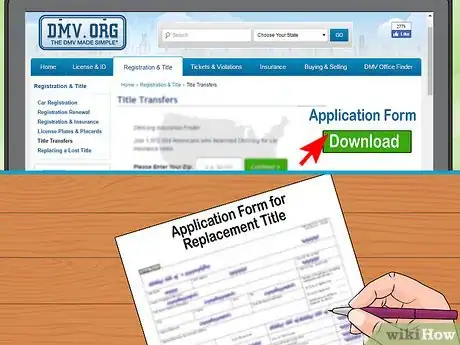
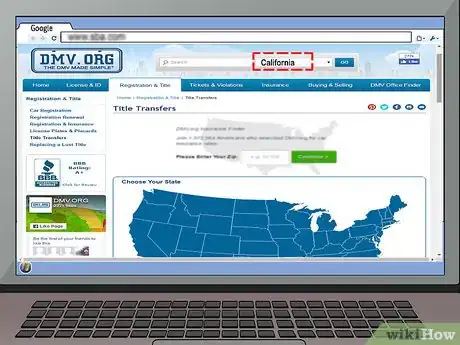
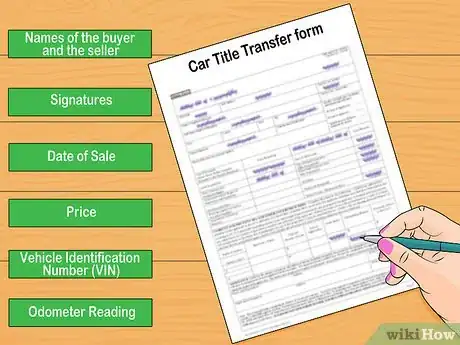

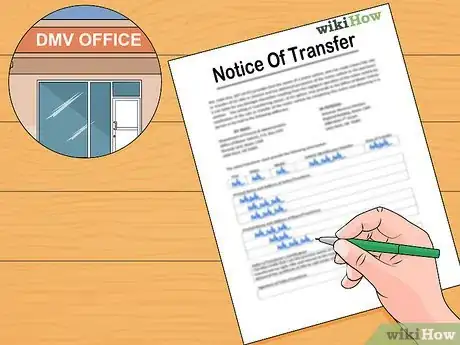
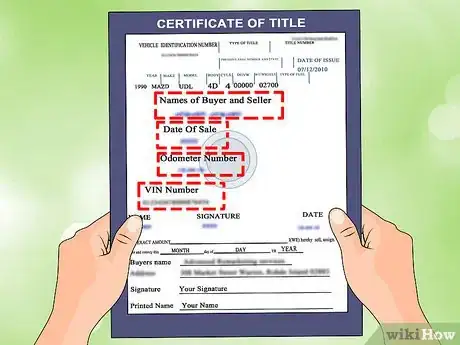
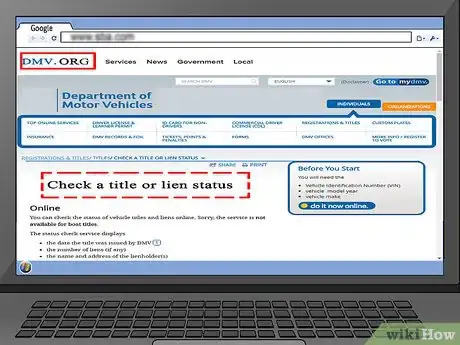
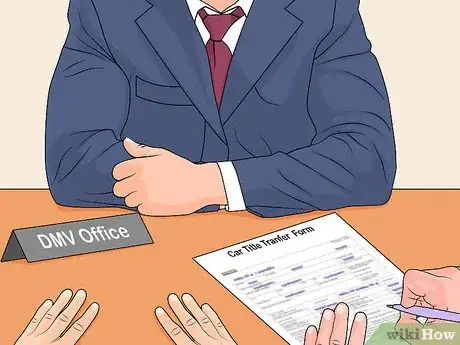
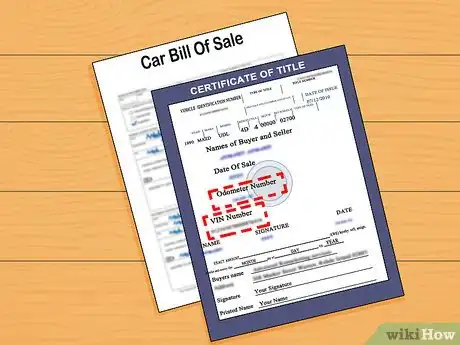
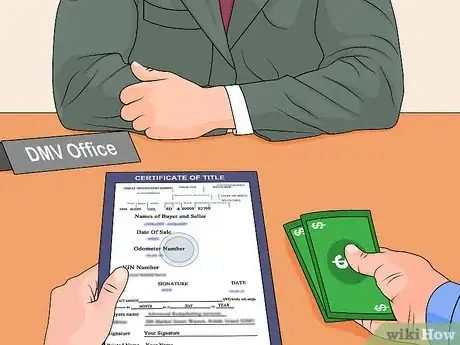
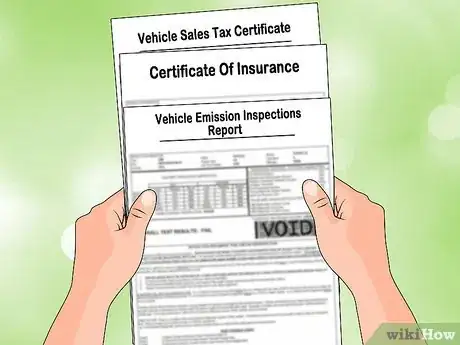
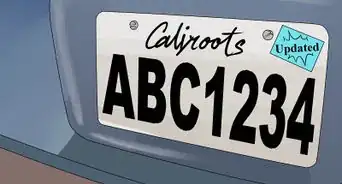

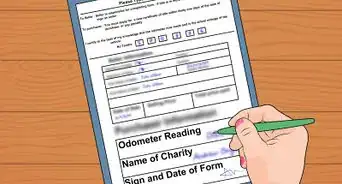
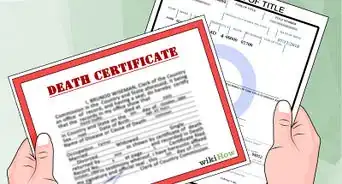



-Step-17.webp)


